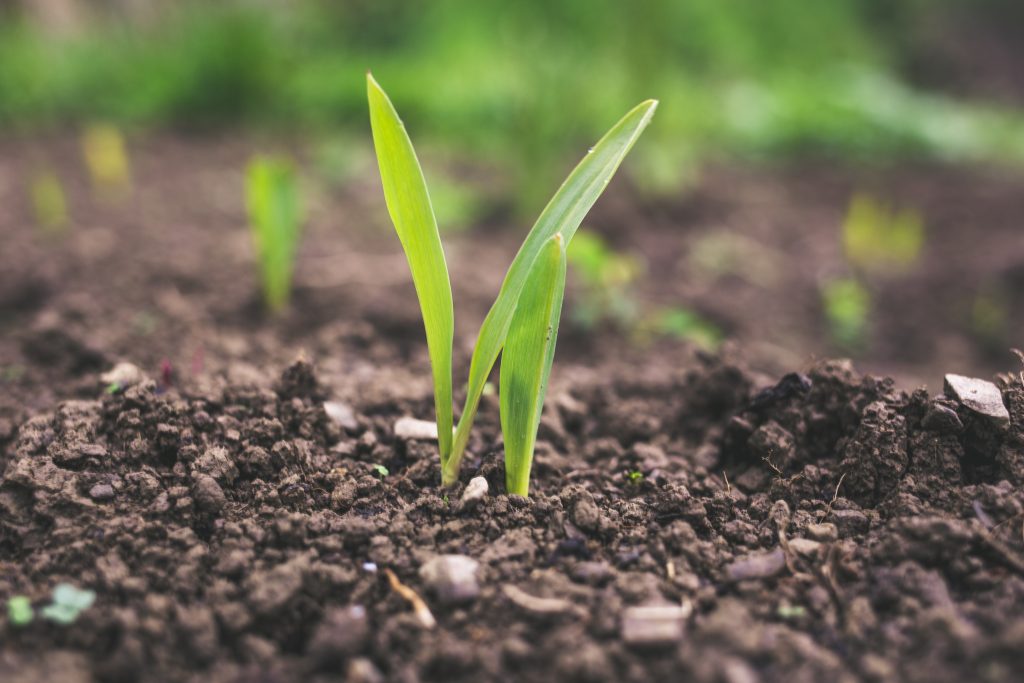The composition and particle structure of soil vary, and both farmers who require the right soil for planting crops and engineers who may need to know how soil will hold up under various demands pay special attention to these aspects. This read will take you through the types of soil there is.
Since it provides the ideal environment for the growth of vegetation, soil is crucial to the long-term viability of an ecosystem.
The Latin word “solum,” which means “floor” or “territory,” is where the term soil first appeared. Yet, this term was once connected to the word exile, where “ex” stood for “out,” which signified “off the earth.”
What is soil?
The organic and inorganic components of the earth’s surface that support plant development is known as soil. The majority of land is covered with loose surface material called soil. It is made up of both organic and inorganic materials. In addition to being a source of nutrient, soil gives agricultural plants the structural support they need to grow.
The chemical and physical characteristics of soils vary widely. A variety of diverse soil types are created by the interaction of many processes, including leaching, weathering, and microbiological activities. Each variety has unique advantages and disadvantages in terms of agricultural productivity.
Minerals, organic particles, microscopic plant and animal species, air, and water make up soil. It is a thin layer that was created over a long period of time when the surface rocks were broken down by water, temperature fluctuations, and wind.
Types of soil
- Sandy soil
- Clay soil
- Silt soil
- Loamy soil
Sandy soil
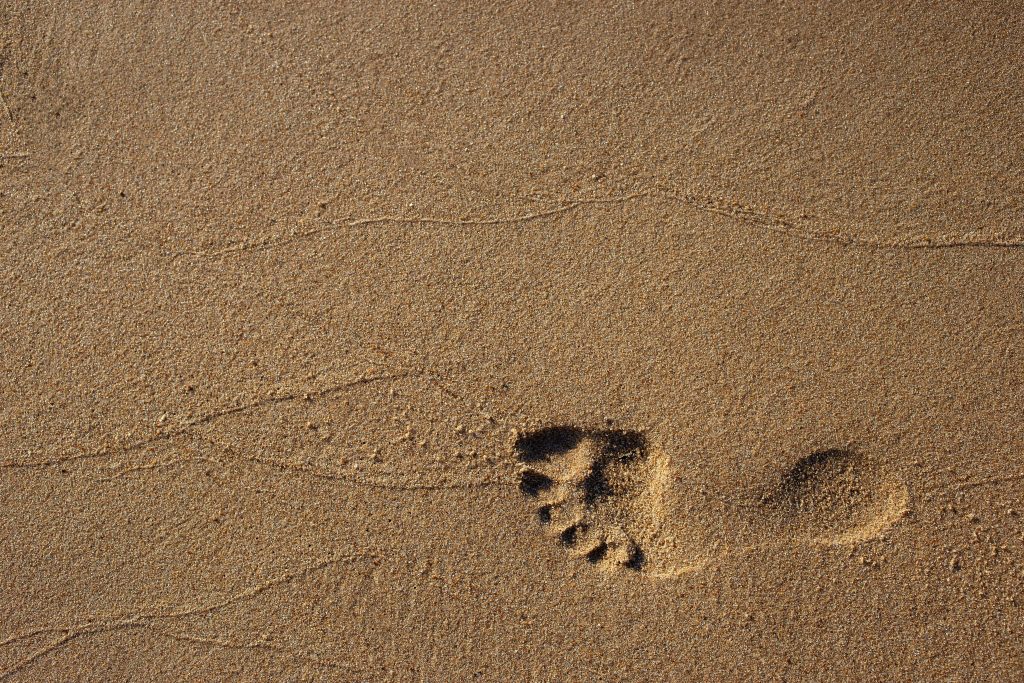
These soils, as their name implies, consist primarily of sand, which are loose pieces of extremely tiny pebbles and minerals (between 0.063 and 2 mm). These soils are neither productive or appropriate for cultivation since they have relatively little organic matter in contrast and poor water retention.
Nonetheless, some plant species have adapted to survive there by making clever use of available resources to keep the water present in their bodies. Sandy soils are typical in desert or coastal areas.
Properties of sandy soil
- Texture
- Porosity
- Nutrients
Texture
The sandy soil has a gritty texture and is made up of microscopic stone fragments that range in size from 0.05 to 2 millimeters. As it is the lightest soil kind, it is easily eroded by water and wind if no living plants are present. Because of its light texture, it is occasionally preferred by gardeners who want a substitute for heavier soils.
Porosity
Due to its high sand content, sandy soil is the most permeable form of soil and is sometimes referred to as “hungry soil” owing to its constant need for water and quick drying time.
Sandy soil is unsuitable for plants that demand wet soil conditions due to its high porosity.
Its propensity to warm up fast in spring gives it an edge over other soil types, enabling an early planting date provided the weather is favorable.
Nutrients
Although many plants enjoy sandy soil, which is an acidic variety of soil, it typically lacks the nutrients that would make it perfect as a productive medium on its own. The nutrients plants require in this sort of soil can be added by way of organic matter or manure.
Clay soil
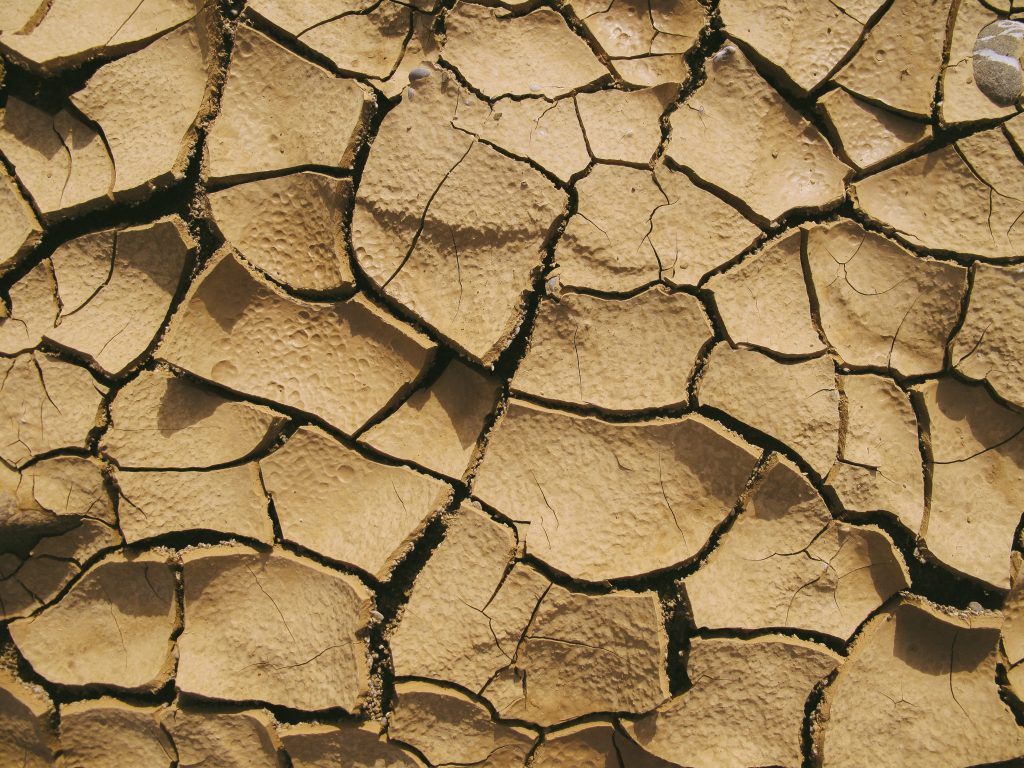
Clay soil is made up of of very small mineral particles and little organic matter. Due to the little amount of space between the mineral particles, the resultant soil is highly sticky and does not drain at all. When clay predominates over other particles of different sizes, the soil is said to be clay.
In contrast to other bigger particles like silt and sand, clay is a collection of very minute mineral particles with a diameter of less than 0.001 mm. Depending on the soil, a clay soil may also contain some silt and sand, although clay will prevail in varying amounts.
Clay soil, in contrast to sandy soil, comprises very minute particles with extremely small pore spaces, or micropores. Since clay soil contains more pore spaces overall than sandy soil, the soil is able to absorb and hold onto more water. This results in inadequate drainage and poor aeration.
The tiny texture of the soil’s particles makes them stay together or form clods even when the soil dries up. The terms “heavy” and “light” describe how easily something can be worked, not how heavy it is.
Read also: Can human waste be used as fertilizers
Properties of clay soil
- Temperature variation
- Expansion and contraction
- Particle size
- Structure
- Organic content
- Permeability and water retaining capacity
Temperature variation
The clay’s poor drainage causes the soil to retain its saturation even after spring and after significant rainfall. When this occurs, the plants’ roots are deprived of oxygen, which has an immediate impact on their health. As the soil takes a while to warm up, planting flowers, seeds, or vegetables in the spring might be delayed. This reduces the growth season and is particularly troublesome in chilly regions where growing seasons are already short.
Expansion and contraction
Clay soils are prone to alternating contraction and expansion in winters when the ground is cold because they have a high water-holding capacity. The “upheavals” that result from this expansion and contraction drive plants out of the soil, frequently to the cost of their roots. Clay soil splits and produces a crust when it dries up, preventing roots from penetrating and sprouting. The roots and other portions of the plants are harmed by soil cracking.
Particle size
Among all soil types, clay has the lowest particle size, with individual particles so tiny that they can only be seen under an electron microscope. As a result, there aren’t any spaces between the bigger soil particles, which enables a lot of clay particles to coexist in a limited area. Due to the fact that the individual clay particles are too tiny to produce a rough surface, this characteristic greatly contributes to clay’s smooth texture.
Structure
Clay soils tend to have relatively tiny particle sizes, which results in a very thick soil structure. Normally, the particles combine to form a mass of clay that can be challenging for plant roots to pierce. Because of its bulk, clay-heavy soil is thicker and heavier than other types of soil and takes longer to warm up during cold weather. Due to their solidity, clay soils are also less likely to erode than sand- or loam-based soils.
Organic content
If you want to grow plants in clay-heavy soil, you frequently need to add amendments since clay contains relatively little organic material. Clay-rich soil often lacks the minerals and micronutrients necessary for plant development and photosynthesis without the addition of organic material.
Mineral-rich clay soils have a tendency to be alkaline, necessitating extra amendments to bring the pH level back to neutral before planting anything that requires a neutral pH. Before planting, it’s critical to evaluate clay-rich soil to ascertain its pH and whether it is deficient in vital elements like nitrogen, phosphate, and potassium.
Permeability and water retaining capacity
The delayed permeability of clay soil, which results in a very high water-holding capacity, is one of its issues. Clay soil moves water significantly more slowly than other soil types because the soil particles are tiny and closely spaced. The water is subsequently absorbed by clay particles, by delaying the water’s progress through the soil even further.
As the soil particles expand, this not only hinders water from penetrating deeply into the soil but can also harm plant roots.
Silt soil
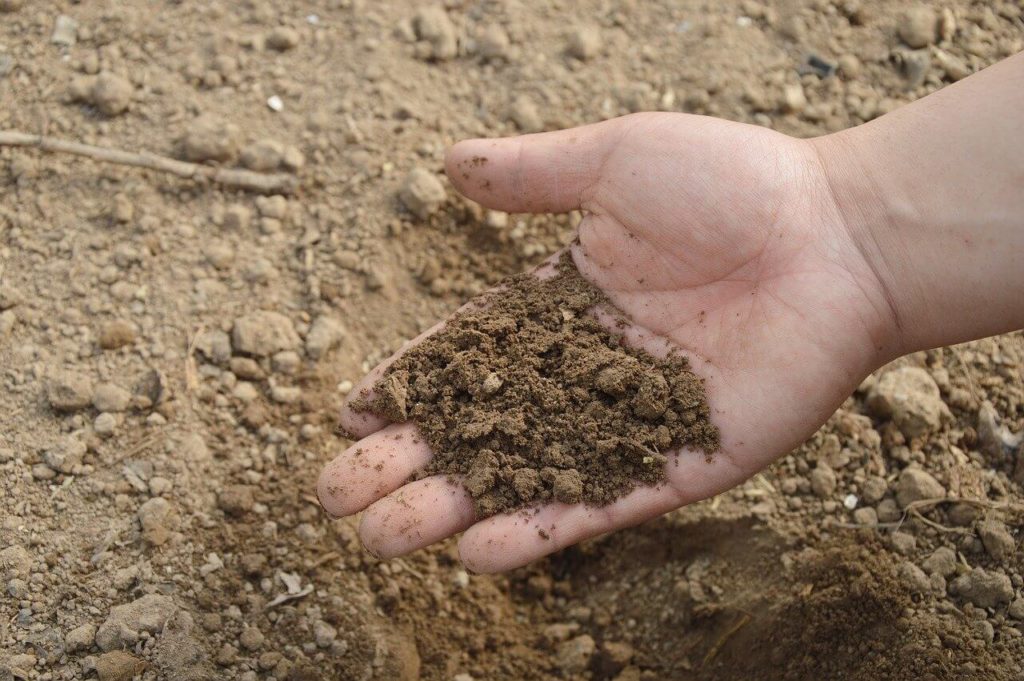
Silt is a granular substance that ranges in size from sand to clay and is mostly made up of fractured quartz grains. Silt can appear in two different forms: as a soil (typically combined with sand or clay), or as sediment suspended in water. Silt typically feels like flour when it’s dry and isn’t very plastic when it’s wet. When put on the front teeth, silt can also be perceived as granular by the tongue (even when mixed with clay particles).
Or Simply said, silt is a very tiny substance, no more than 0.05 mm, that is often conveyed by river water, although it can also be deposited on flooded ground by wind or even rain.
Read also: The biggest farms in the world
Properties of silt soil
- Granulated
- They are fertile
- Easy to shape
- Found around riverbeds
- Aids crop growth
Granulated
Little granules, somewhat bigger than clay grains but significantly smaller than fine sand grains, define silty soils. When all of its dimensions are taken into consideration, all of the slime’s granules are roughly the same size, which sets it apart from clay, whose grains are more asymmetrical. Because the silty soil’s constituent particles are light, wind and water may readily carry this kind of granule.
Easy to shape
They are often a very dark brown hue, and because both are moldable and sticky when wet, they may feel something like clay soils to the touch. Yet unlike clay soils, which are solid and compact, silt soils are fragile when dry. When silty soil is dry, it has a powdery feel and crumbles yet is squishy and unstable when it is moist.
Fertility
Because the organic content in this type of soil decomposes quickly, it is distinguished as being extremely fruitful. As a result, a lot of nutrients are produced, and because silty soils have certain properties, these nutrients are maintained in the soil for a longer period of time. Loamy soils are fairly simple to develop and operate. They don’t look like plastic when they’re wet and are soft soils that drain water.
Found around riverbeds
Silty soils are more prevalent along the banks of rivers since this is how they travel from one location to another. This kind of soil typically develops along riverbeds or in areas that have previously experienced flooding. The Nile River Delta in Egypt is a perfect illustration of silty soil and all the traits that make it up.
Aids crop growth
Most plants and foods can be grown in silty soil, with the exception of those organisms that require extremely dry conditions for growth. This is true because the silt permits the soil to retain a significant amount of water while simultaneously facilitating continuous ventilation due to the unrestricted flow of air between the particles. As was already said, silt-rich soils are typically found around riverbanks.
This explains why these areas are so fruitful and ideal for cultivating a variety of crops. One of the most productive regions is the aforementioned Nile River Delta, which has produced abundant harvests for at least a thousand years.
When a plot of land is overcultivated, the water filtering process during rainy seasons is hampered, which might reduce the fertility of silty soils. Furthermore, if this overworked soil is not appropriately moisturized, it may become hard and challenging to work.
Loamy soil
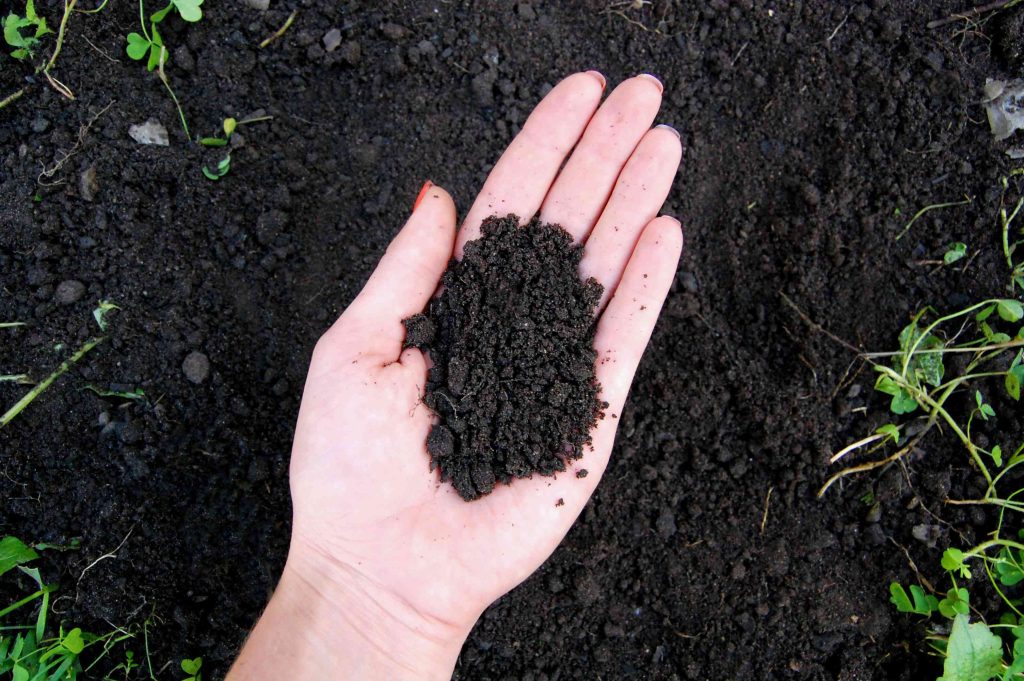
According to several reports, loamy soil is the greatest kind of soil for almost all plants. Although this is true, most individuals would find it challenging to pinpoint exactly what makes soil loamy. Sand and clay particles are mixed with a significant amount of organic matter to create loam soil. Compared to either clay soil or sandy soil, loamy soil is more fruitful.
When a soil type is referred to as sandy loamy soil, it signifies that there is a high proportion of sand in it, while clay loamy soil denotes a low ratio of clay to sand. In loamy soil, the percentages of sand, silt, and clay particles are generally 40%, 40%, and 20% clay respectively.
A wide range of plants may thrive in loamy soil due to its good drainage, aeration, and water retention capabilities. In order to increase its fertility and structure, it is very simple to deal with and may be altered with extra organic materials. Loamy soil is frequently utilized in agriculture and horticulture, as well as for gardening and landscaping, due to its advantageous qualities.
Properties of loamy soil
- Good drainage
- Good moisture retention
- Rich in nutrient
- Easy to handle
- Resistance to erosion
Good drainage
Loamy soil has a robust drainage system that makes it simple for water to pass through. In addition to ensuring that the plants have access to oxygen, this helps avoid waterlogging. Moreover, loamy soil has the ability to hold onto water for extended periods of time due to its high moisture retention levels.
Good moisture retention
Moreover, loamy soil has the ability to hold onto water for extended periods of time due to its high moisture retention levels. This makes it perfect for plants like fruits and vegetables that need constant hydration.
Rich in nutrient
Loamy soil often contains a lot of nutrients, especially if organic matter has been added and it has been well-maintained. Because of this, it’s a great soil type for producing a variety of crops.
Easy to handle
Loamy soil has a crumbly, silky texture that is simple to handle. It is simple to till, dig, and shape to the gardener’s specifications.
Resistance to erosion
Loamy soil is typically resistant to erosion because of its composition and structural qualities. This indicates that it can withstand wind and/or severe rain with little to no damage.
Since it provides a balanced combination of drainage, moisture retention, nutrient content, workability, and erosion resistance, loamy soil is generally regarded as one of the best soil types for gardening and agriculture.
General importance of the types of soil
A significant and intricate natural resource, soil is essential to maintaining life on Earth. The following are some of the main importance of soil;
- Gives nutrient for plant growth
- Water regulation
- Erosion control
- Cultural significance
- Promotes biodiversity
Gives nutrient for plant growth
Soil gives plants the nutrition, moisture, and support they need to flourish. It serves as the basis for forestry, horticulture, and agriculture by producing the food, fiber, and other basic resources needed to sustain both human and animal life.
Promotes biodiversity
A wide variety of species, such as bacteria, fungus, insects, worms, and bigger creatures like rodents and burrowing mammals, may be found in soil. Complex food webs formed by these species assist to maintain ecological balance and promote biodiversity.
Water regulation
Soil plays a significant part in the control of the water cycle. It takes in and holds onto water, lowering the likelihood of floods and dry spells, and filters out impurities to enhance water quality.
Erosion control
By anchoring plants and absorbing the force of rains, soil helps to prevent erosion. Also, by maintaining the integrity of the terrain, it helps to avert natural calamities like landslides.
Cultural significance
Soils play a significant role in both traditional agricultural techniques and spiritual beliefs across a wide range of civilizations. Several indigenous groups have deep relationships to the ground and revere soil as a holy resource.
The best soil for planting
The sort of plant you wish to cultivate will determine the optimum soil to use for planting. But generally speaking, loamy soil a combination of sand, silt, and clay, is the greatest soil for growing crops among the types of soil. A good balance of drainage and water retention is offered by loamy soil, which is also nutrient-rich.
HERE ARE SOME POINTERS TO GET AN IDEAL PLANTING SOIL;
- Test your soil: It is a good idea to test your soil to discover its pH level and nutrient content before you plant anything. You may either buy a soil test kit at your neighborhood gardening store or have a specialist perform it for you.
- Modify the soil: You might need to add amendments to the soil to change the pH or provide nutrients that are deficient based on the findings of your soil test. Compost, peat moss, bone meal, and blood meal are typical additives.
- Make sure your soil has excellent drainage by taking into account the drainage. You might need to add sand or perlite to your clay-heavy soil to promote drainage. You might need to add organic matter to your sandy soil to help it retain water.
- Mulch the soil: Covering the soil with a layer of mulch can help it retain moisture, control weeds, and release nutrients as it decomposes. Bark, straw, or leaves are excellent examples of organic mulches.
The bottom line
The types of soil include; sandy soil, clay soil, silt soil and loamy soil and the best soil for the cultivation of crops is the loamy soil it is critical to manage your soil by giving it regular irrigation, providing it with fertilizer or compost as required, and getting rid of weeds and other undesirable plants. Your plants should flourish in the best soil for planting if you give them the proper care and attention.
